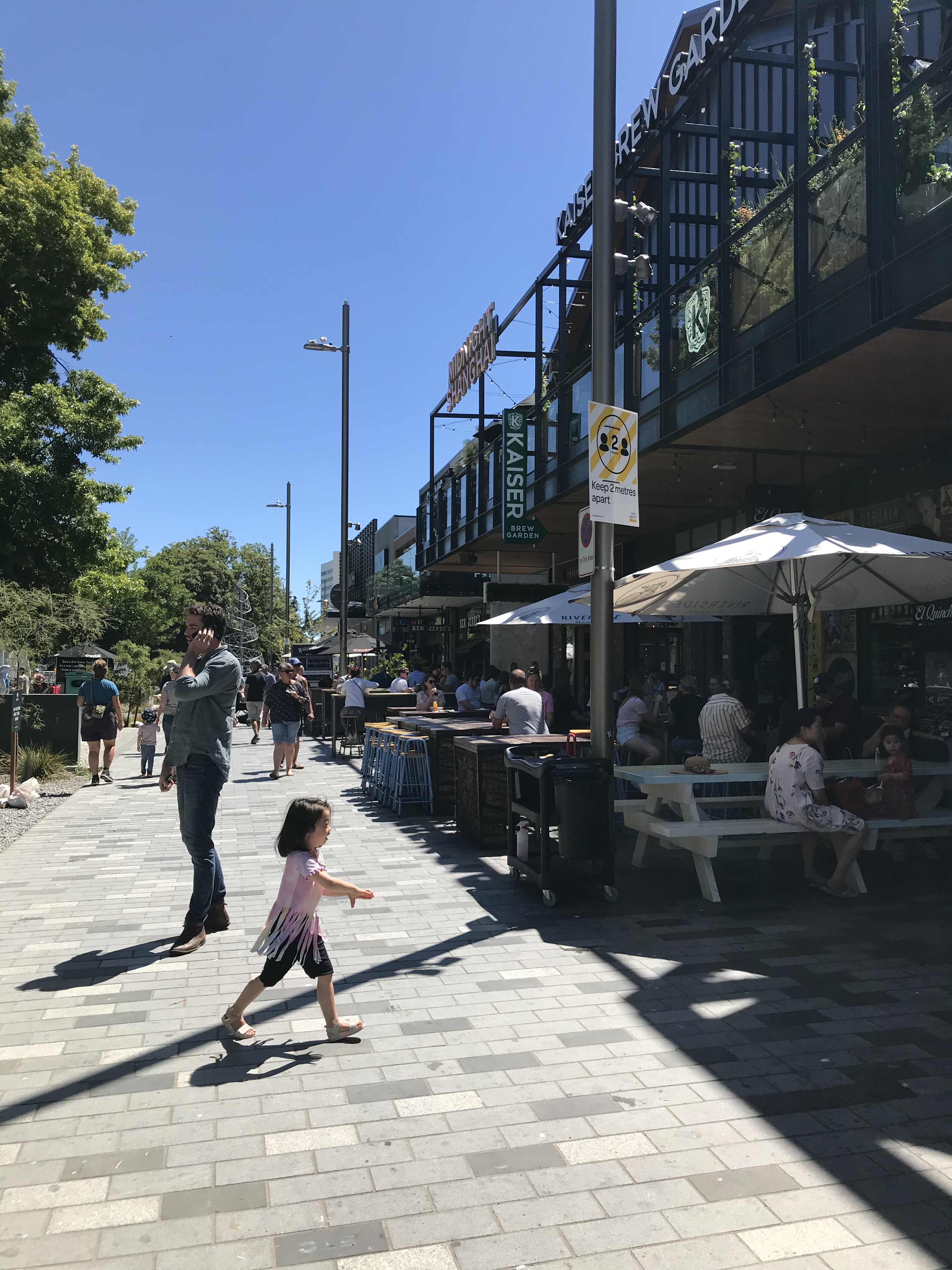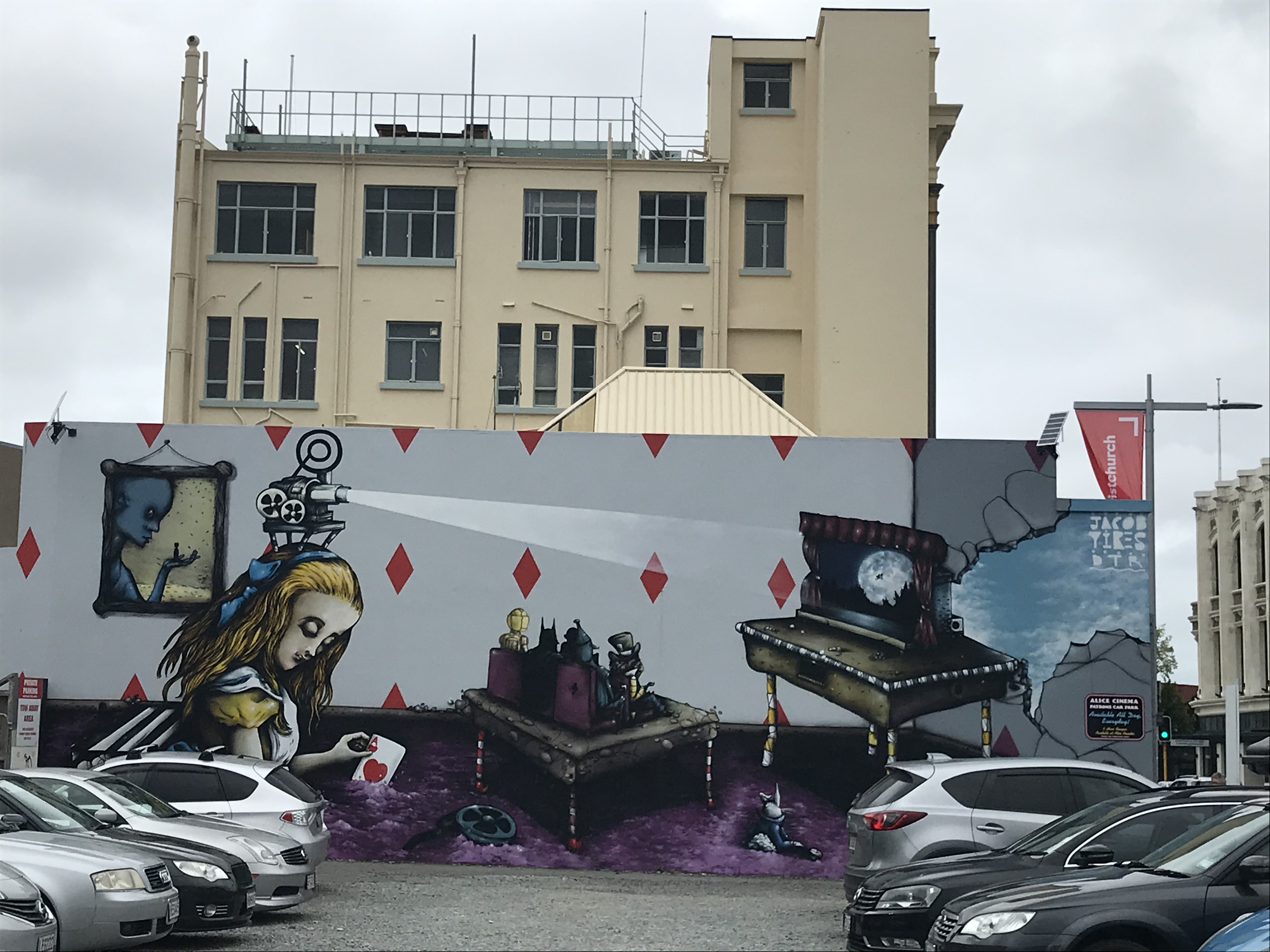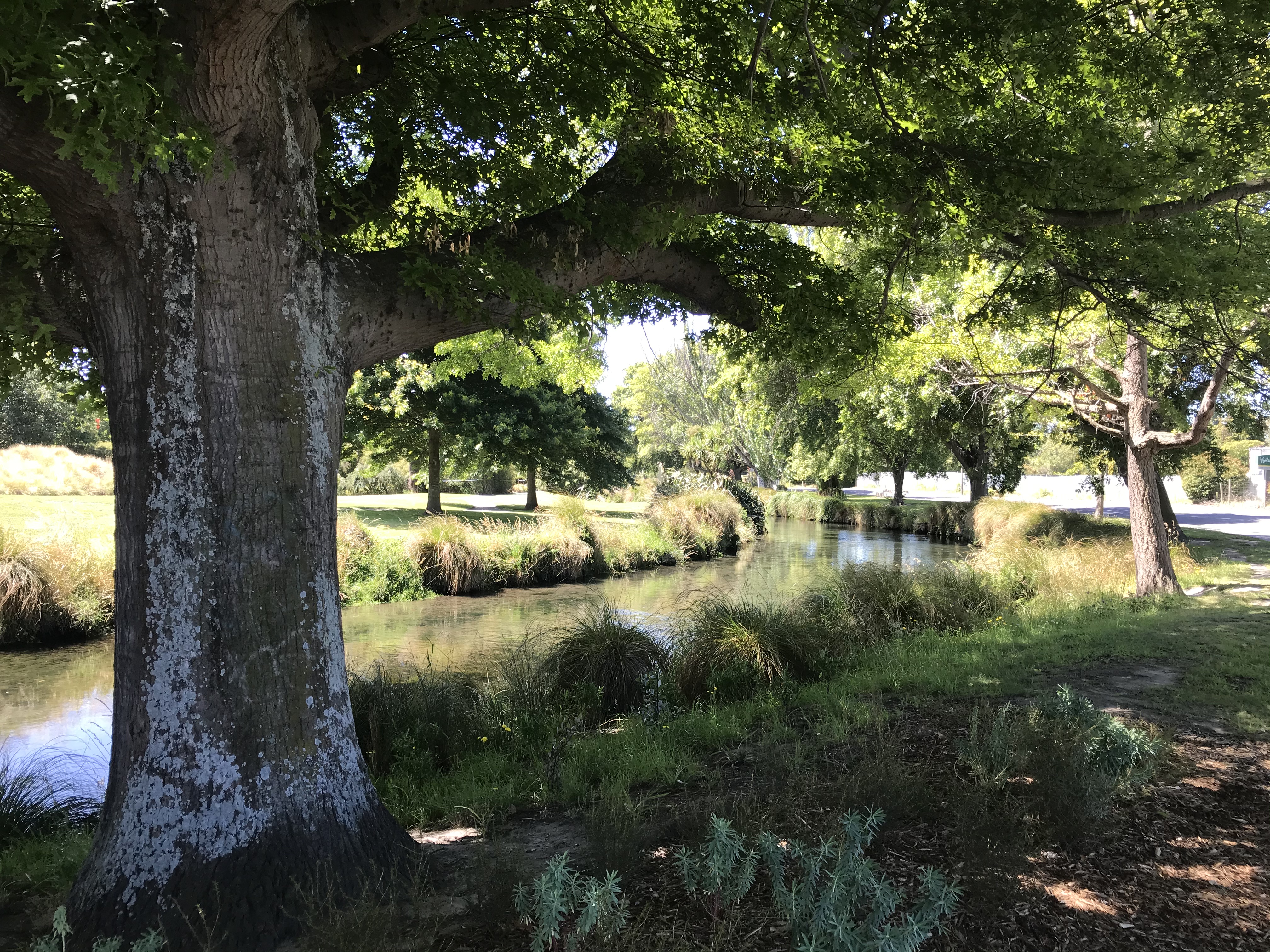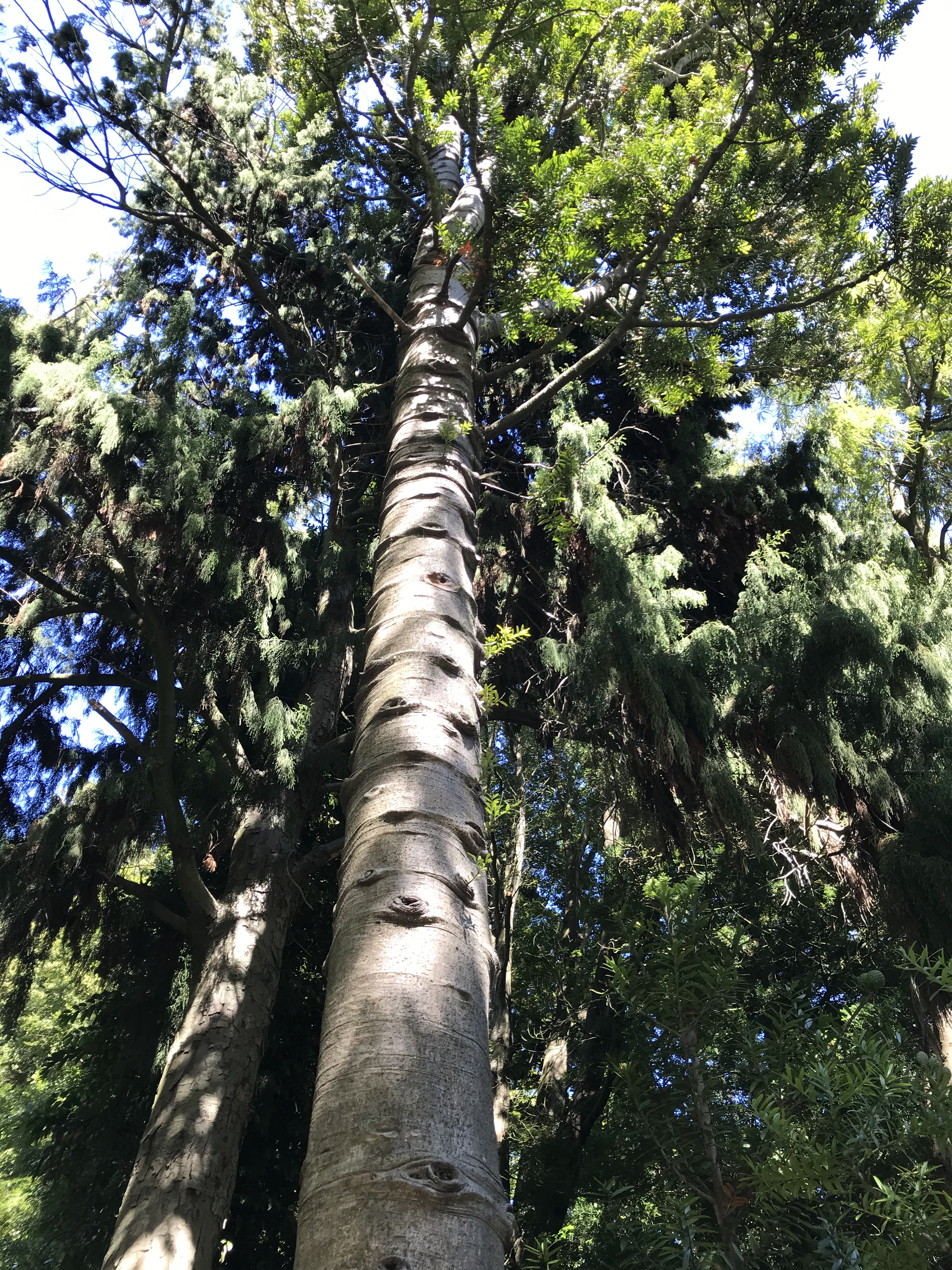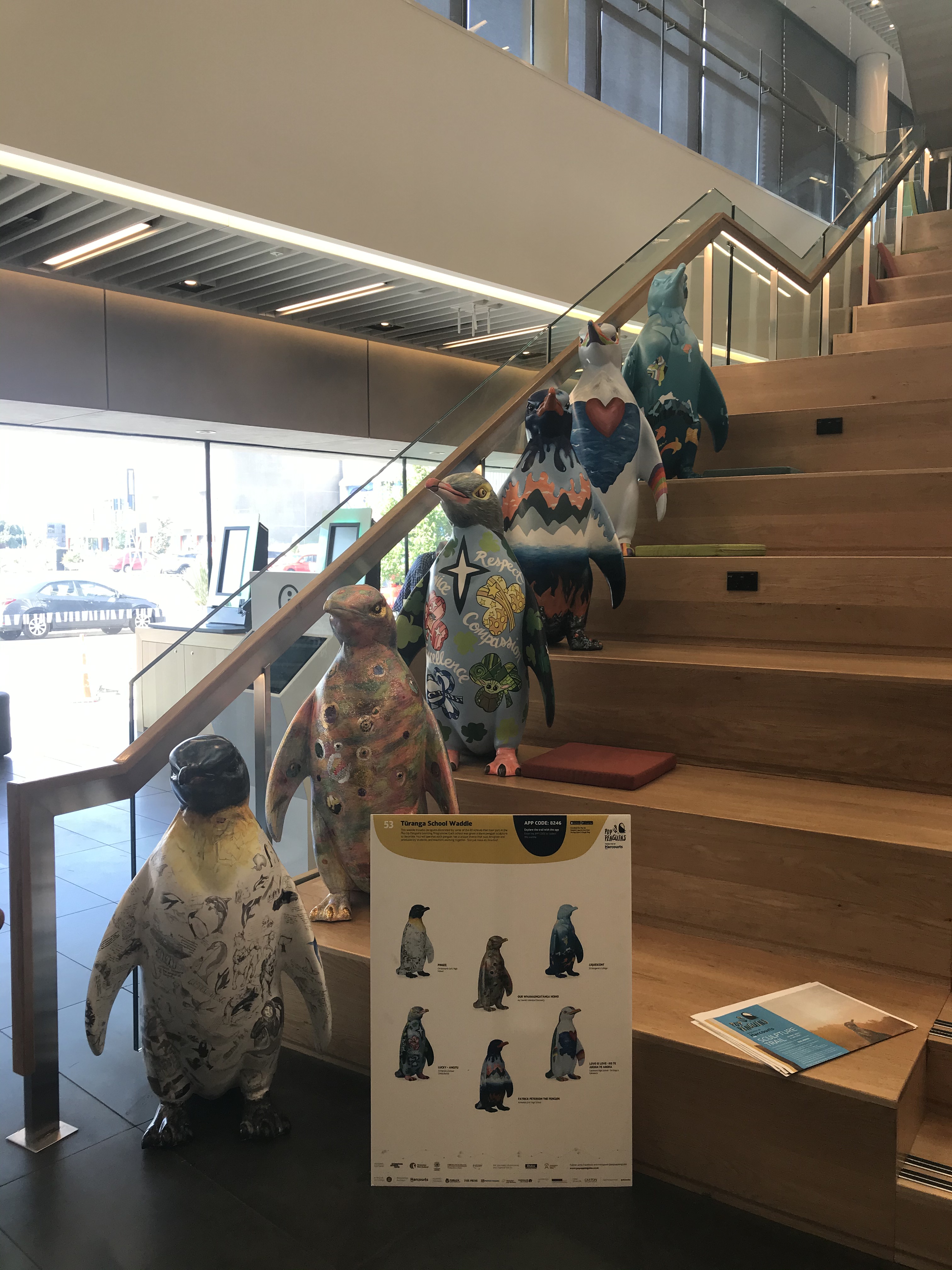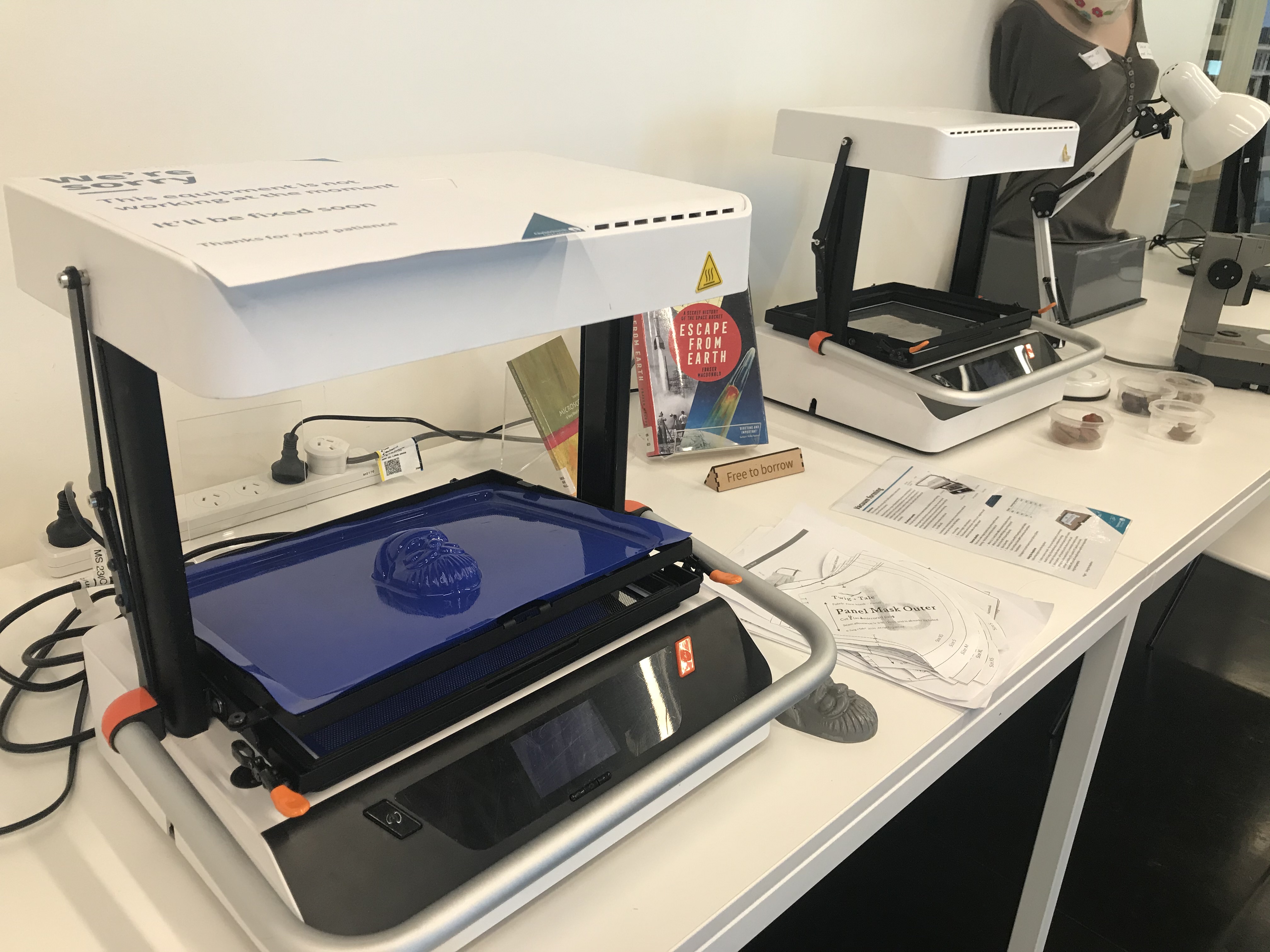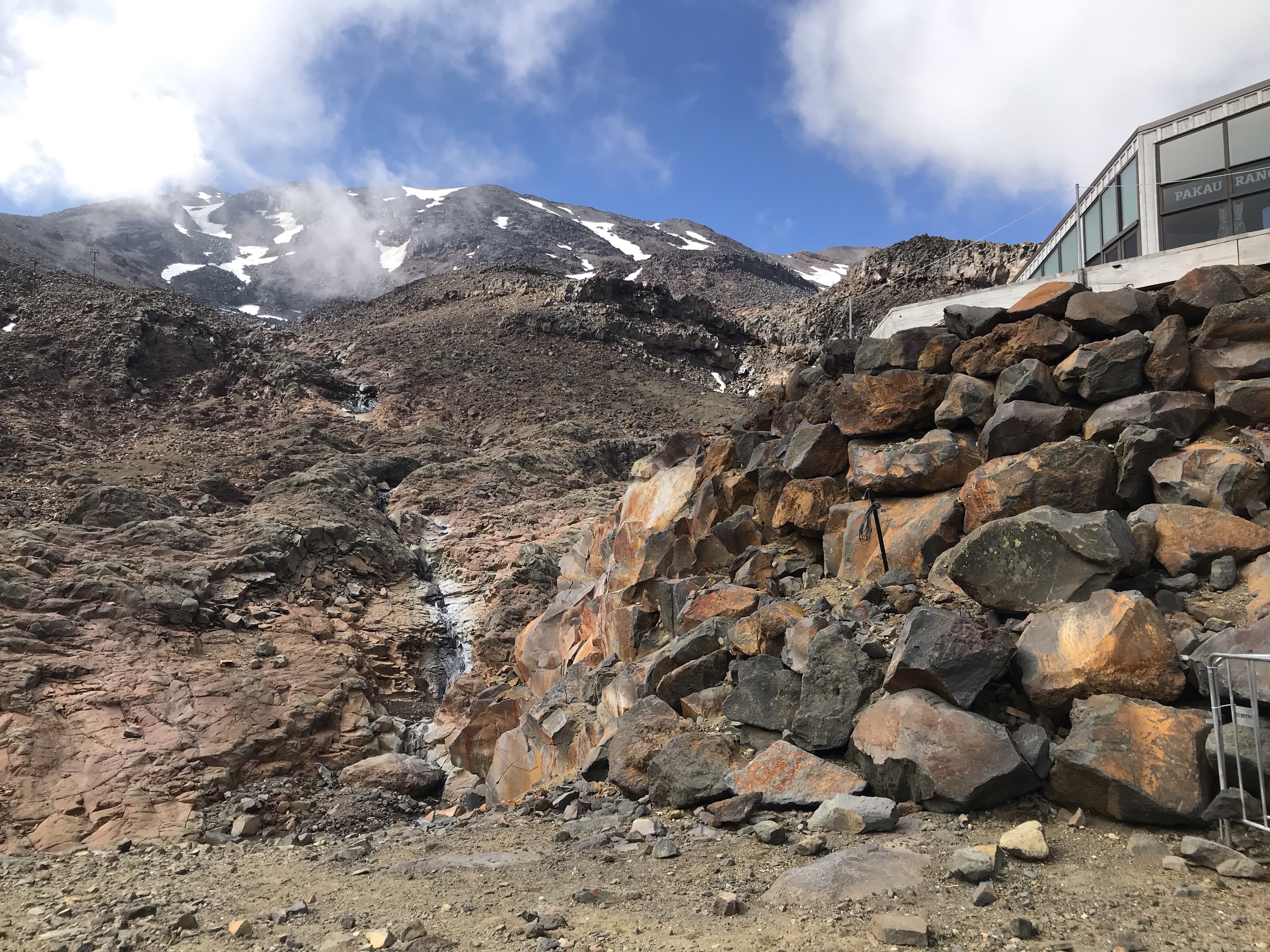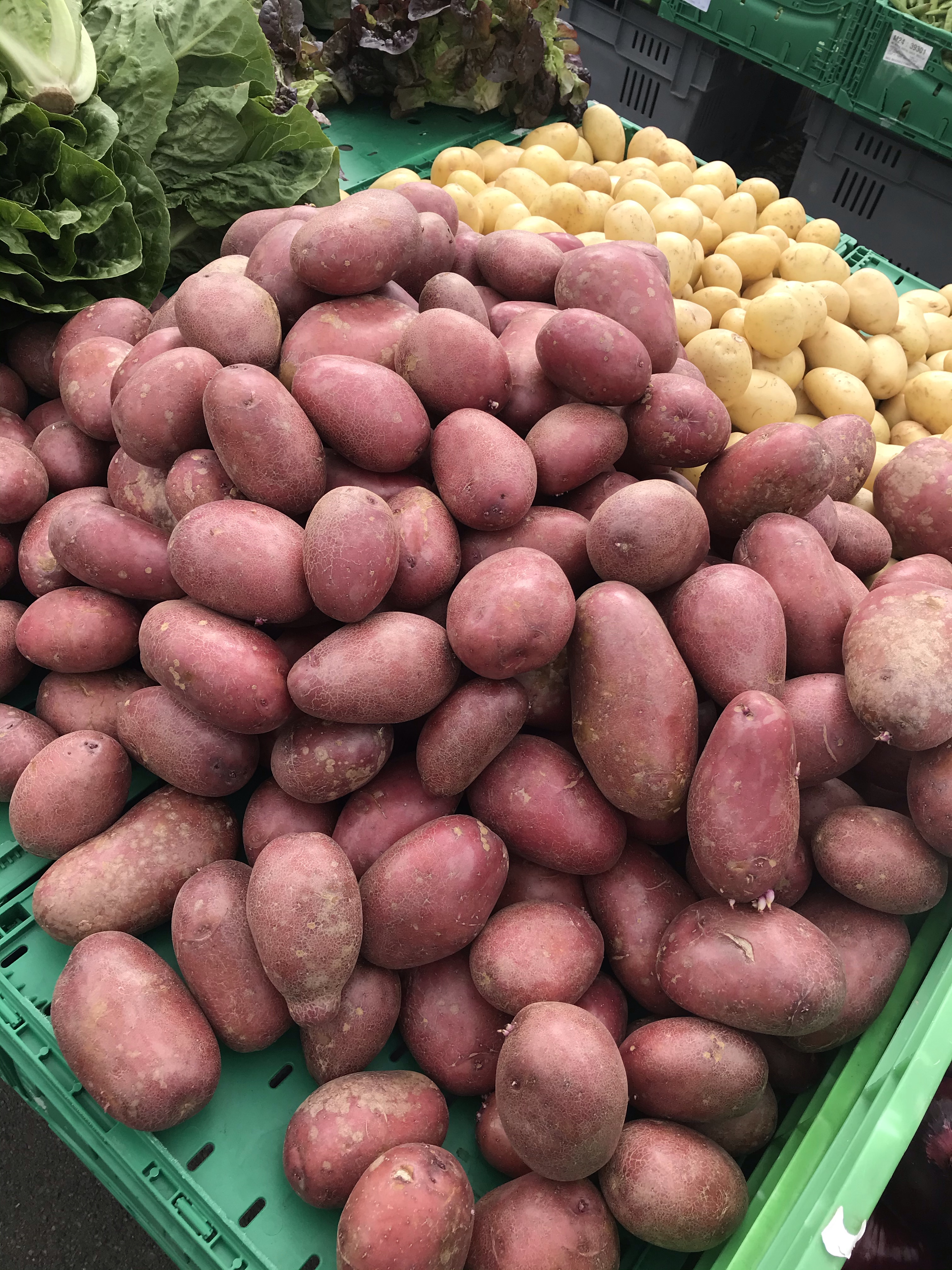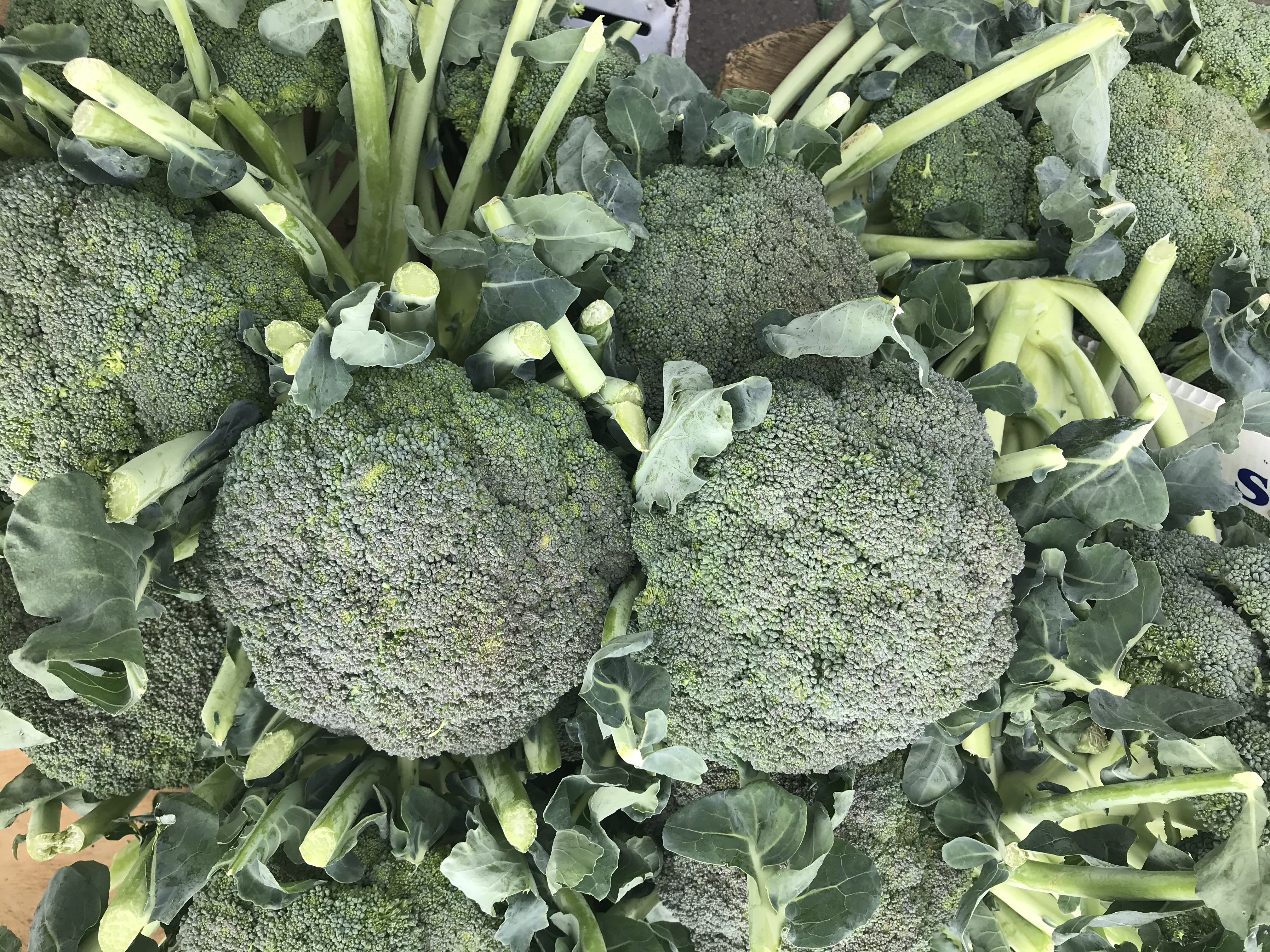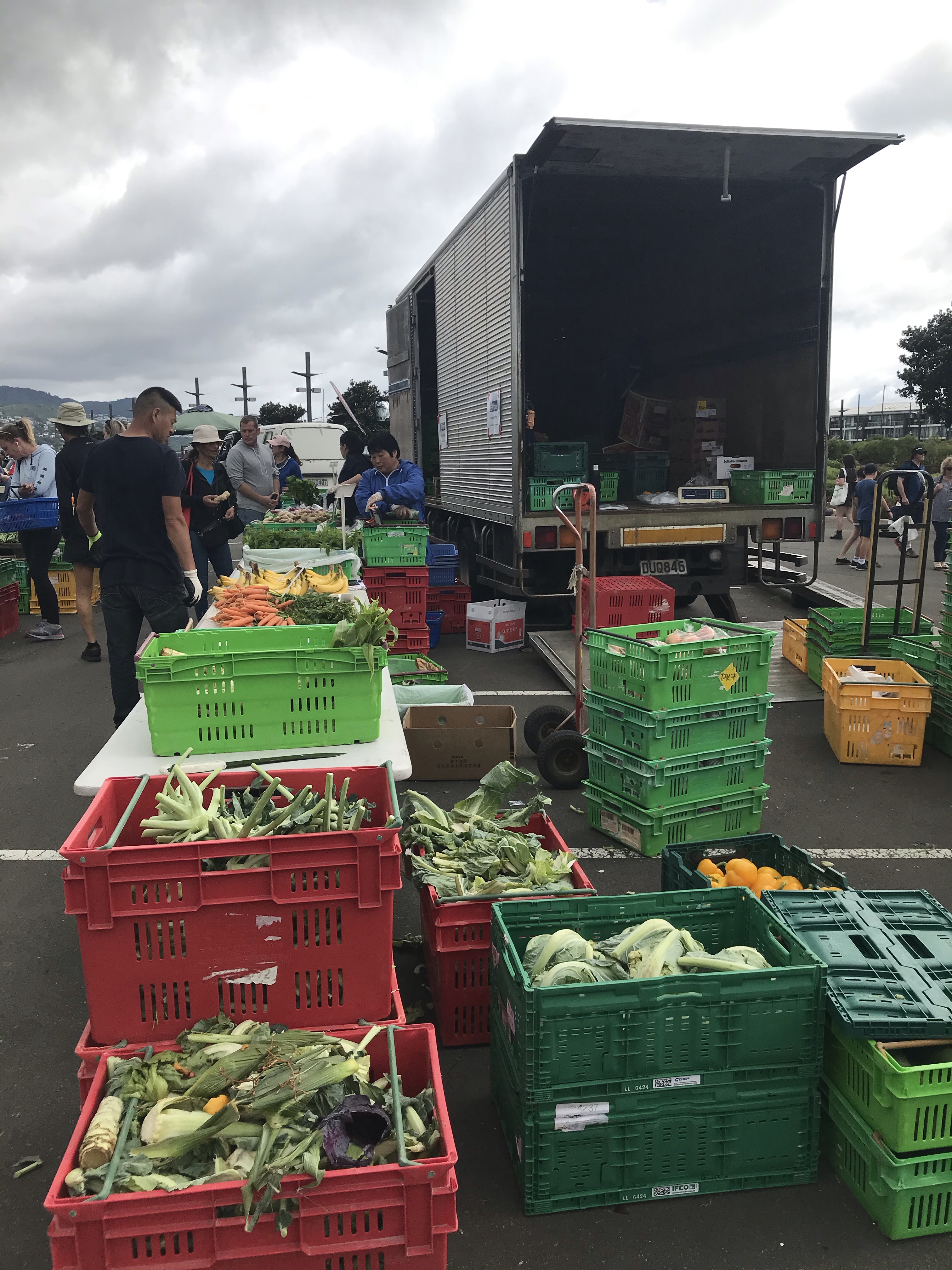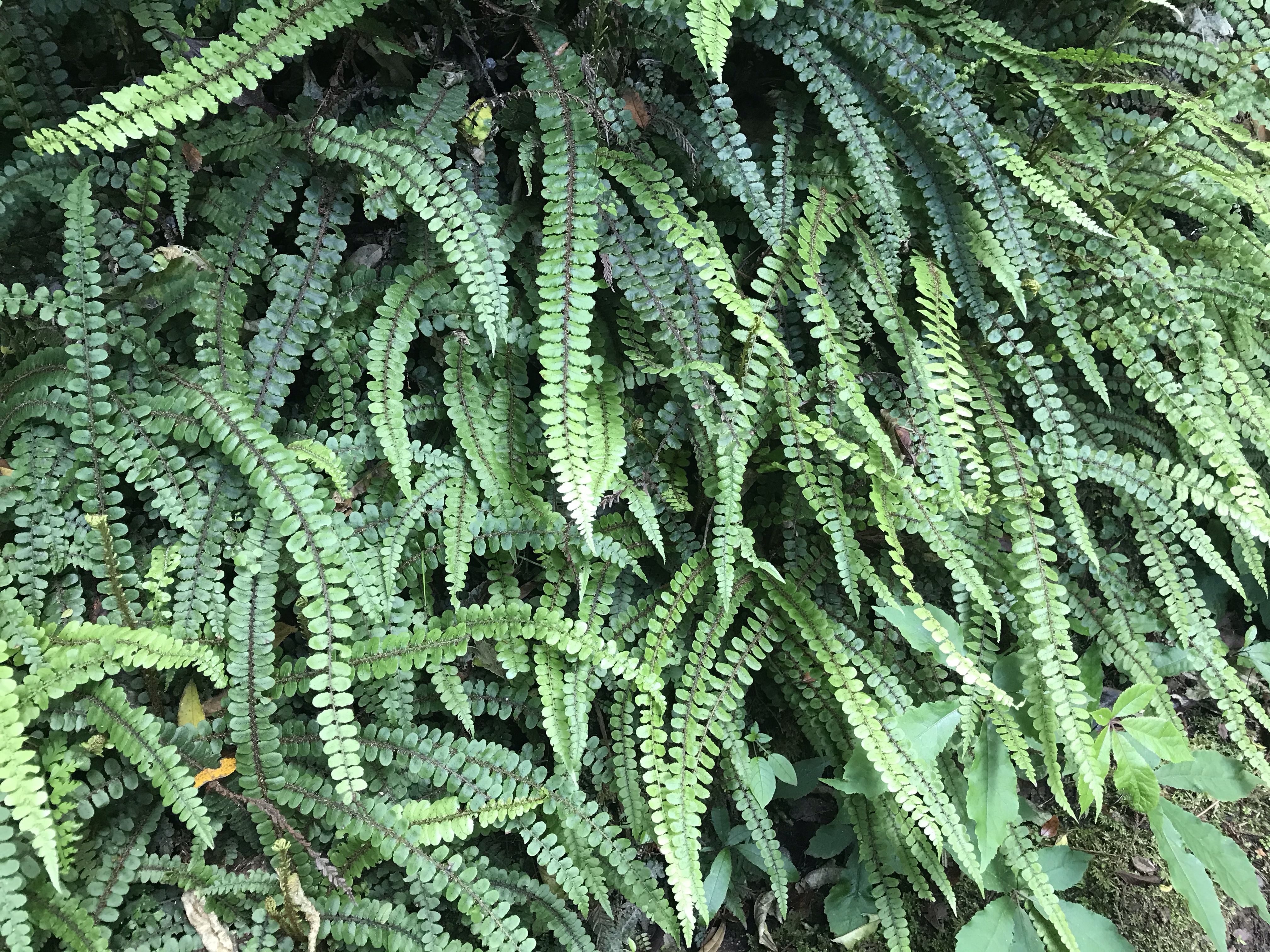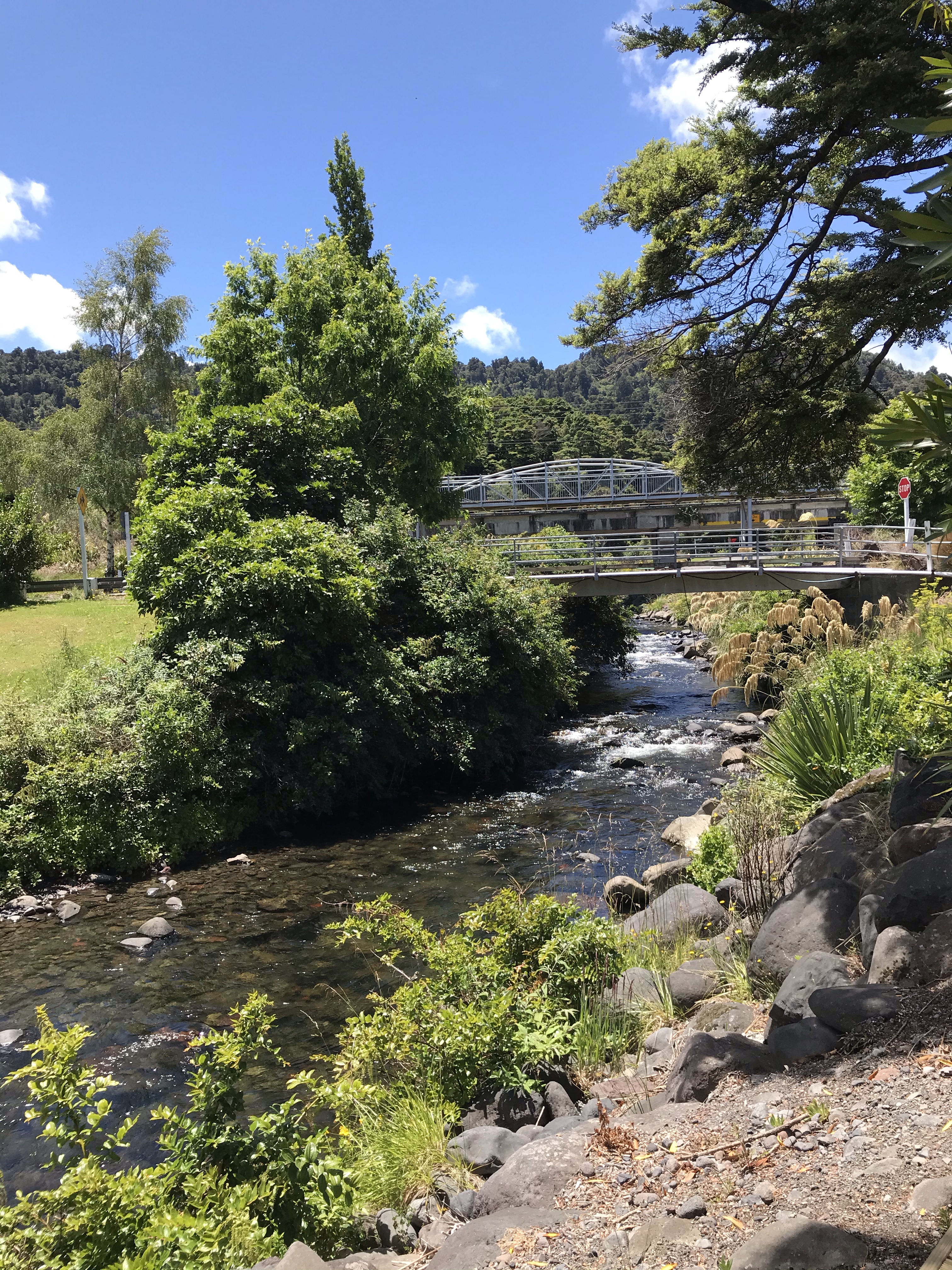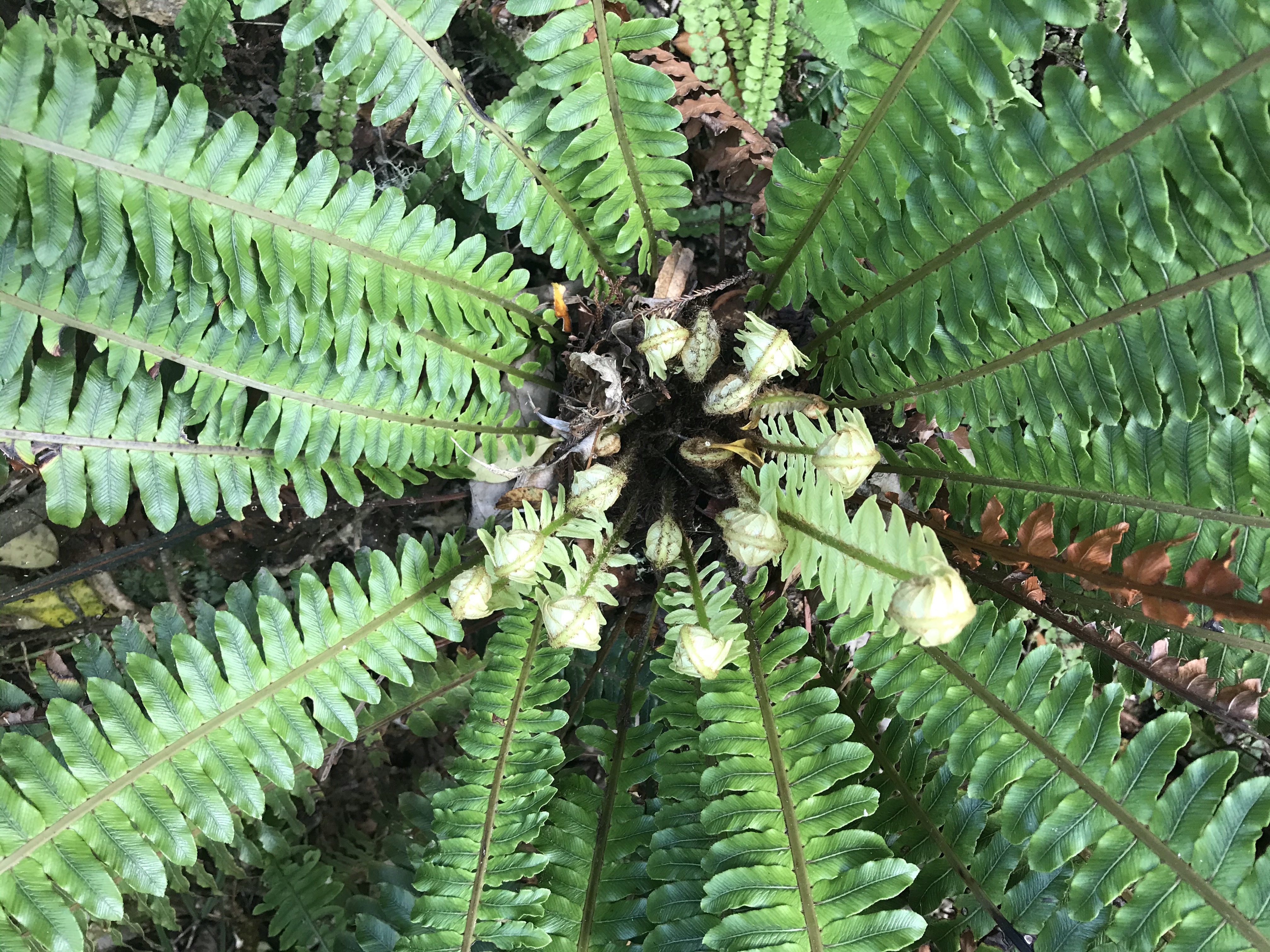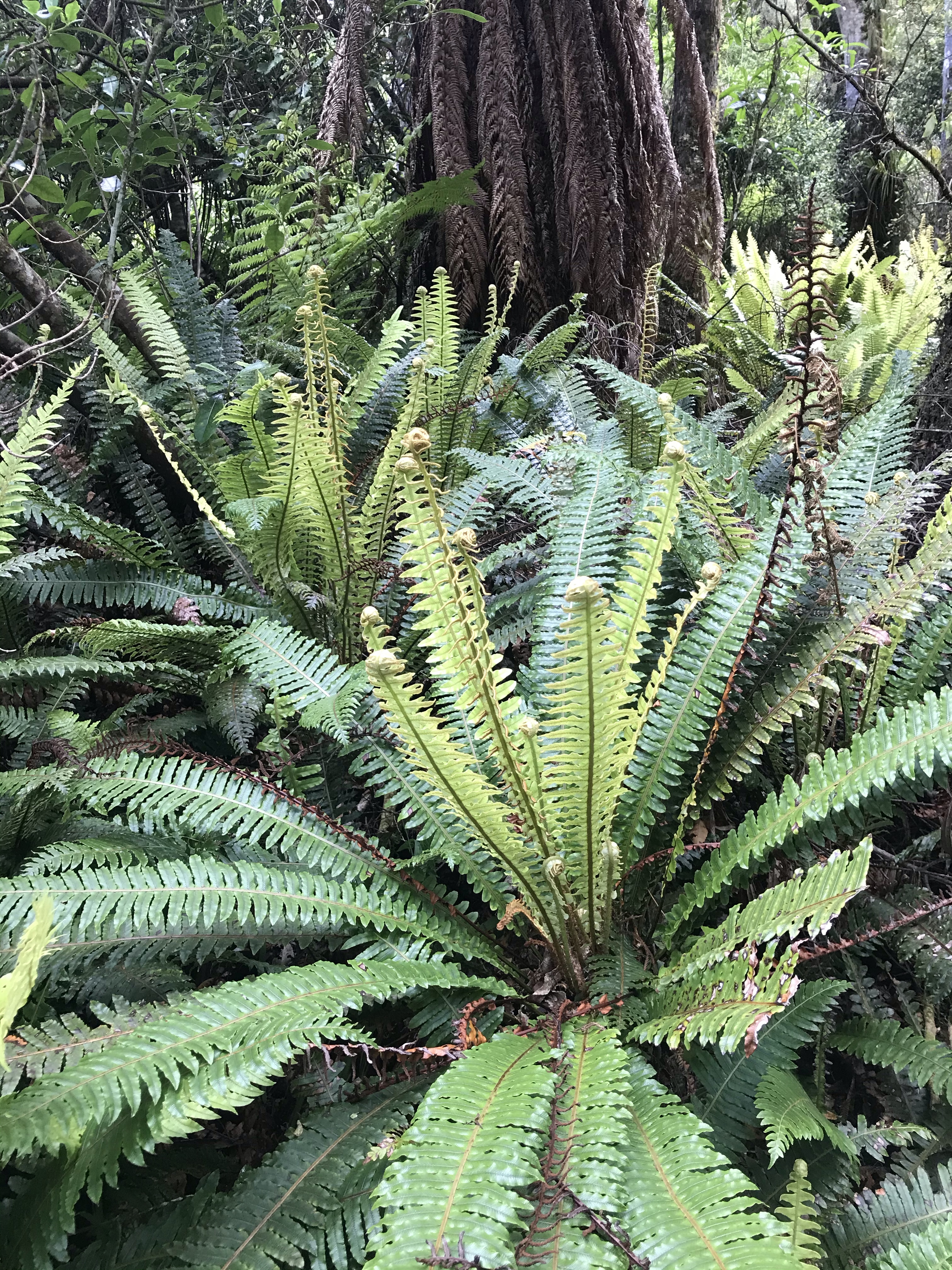I follow RNZ, or Radio New Zealand, daily as a source for local information in the country. The feed earlier this week reported a COVID-19 case, where the virus was transmitted to two health care workers in a Christchurch quarantine facility last November, 2020.
Russian sea crew staying at the hotel spread the virus when they walked through hotel corridors to the smoking area outside. Sometimes they went up to 4 times an hour, so the movement was significant. They infected two health care personnel in the hotel through microaerosols in the air. After discovering that, the Ministry of Health put crew in single rooms (previously they had shared rooms) with balconies so the crewmen could smoke directly adjacent to their rooms without having to go through the corridors to do so.
This is just a good example how easily the virus can be transmitted. Knowledge about personal behavior and simple modifications can avoid transmission. But it is a huge challenge to change human behavior. It’s already difficult to convince people to wear masks. To ask them to refrain from smoking would be impossible.
In another story I read in the New York Times, a journalist traveling by car across the U.S. discovered little or no mask wearing during his stops. He was traveling from Connecticut to St. Louis to take his mother to meet a relative. The journalist was appalled at the lack of compliance in mask wearing. Signs were posted everywhere, but no one was complying.
This journalist’s report was discouraging to me. It didn’t give me much confidence in rushing back to the U.S., despite promising plans to vaccinate everyone. In the mean time, we continue to live safely in New Zealand. We take each day at a time and wait to see whether conditions will improve in the States.
We go about our daily activities, visiting the local library, shopping at the supermarket, running errands in town, and enjoying New Zealand’s beautiful, pristine environment. The oceans surrounding the islands and the mountains carved by earthquakes and volcanic activity are clearly visible everywhere. Sun, wind, and rain change constantly from hour to hour, so the weather is, yes, a major topic of discussion.
Mt. Pleasant
A hike up to the top of Mt. Pleasant near the house we are renting gave us spectacular views of Christchurch. The harbor at Ferrymead, beach at Sumner and many inlets along the bay provide housing sites with views to cherish. Paved and gravel roads to outlying areas lead to many walks and pathways for hikers and bikers. (See featured photo above)
Sumner Beach
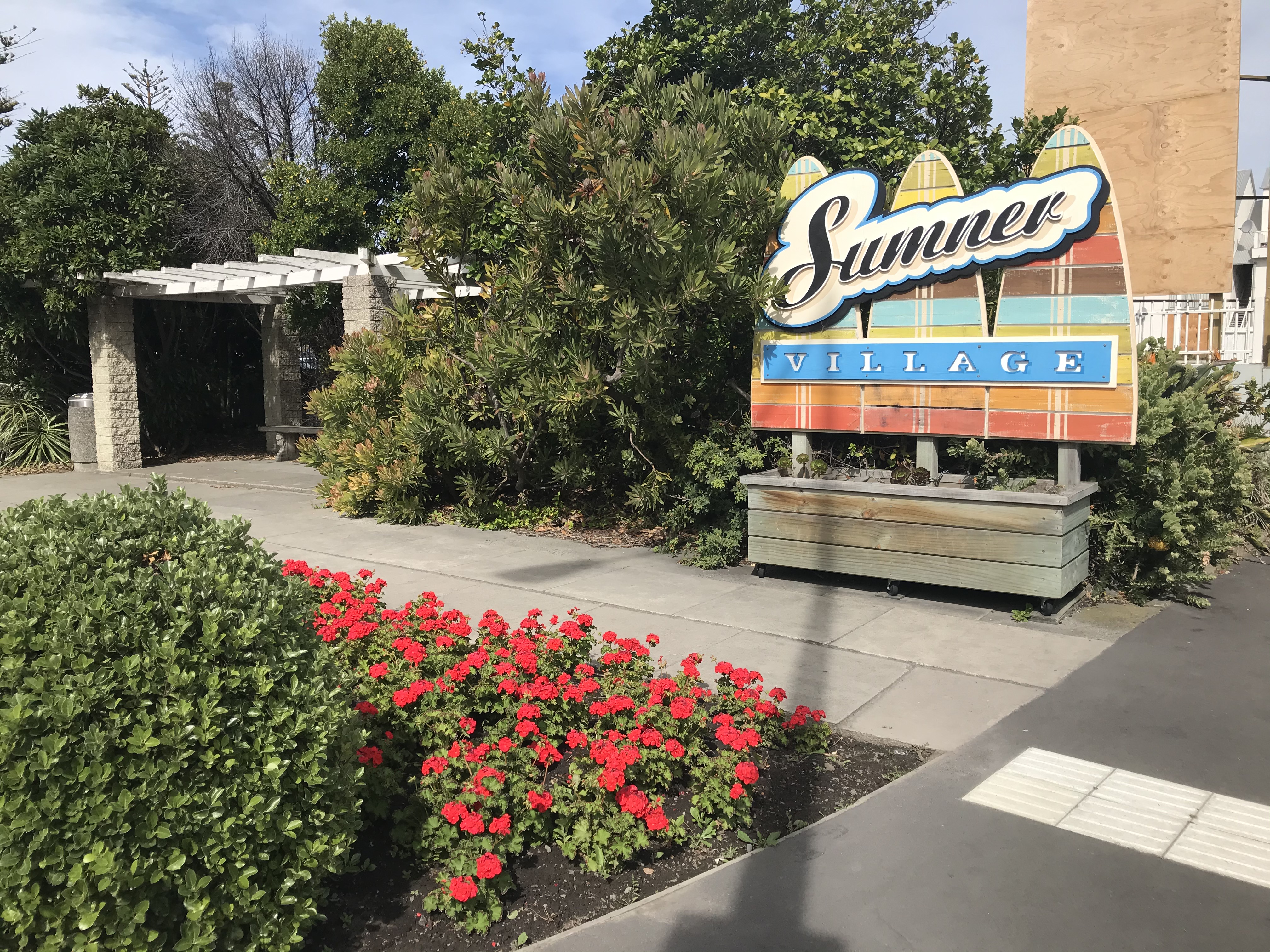
Taking strolls along the Esplanade reminded me of the fancy turn-of-the-century promenades I imagine along Brighton in the U.K. Today they are filled with surfers, families, and foreign visitors. The scene looks very SoCal or something out of La Jolla. Like in Papamoa, the distance from car to beach is only a few steps.
Unfortunately, this Sumner building is a sad reminder of the earthquake in 2011. The first earthquake in Canterbury weakened the structures in Christchurch, then a second one in Lyttelton caused most of damage to buildings like this one. Buildings still standing vacant are looking for a developer to raze and renovate.
Sketching
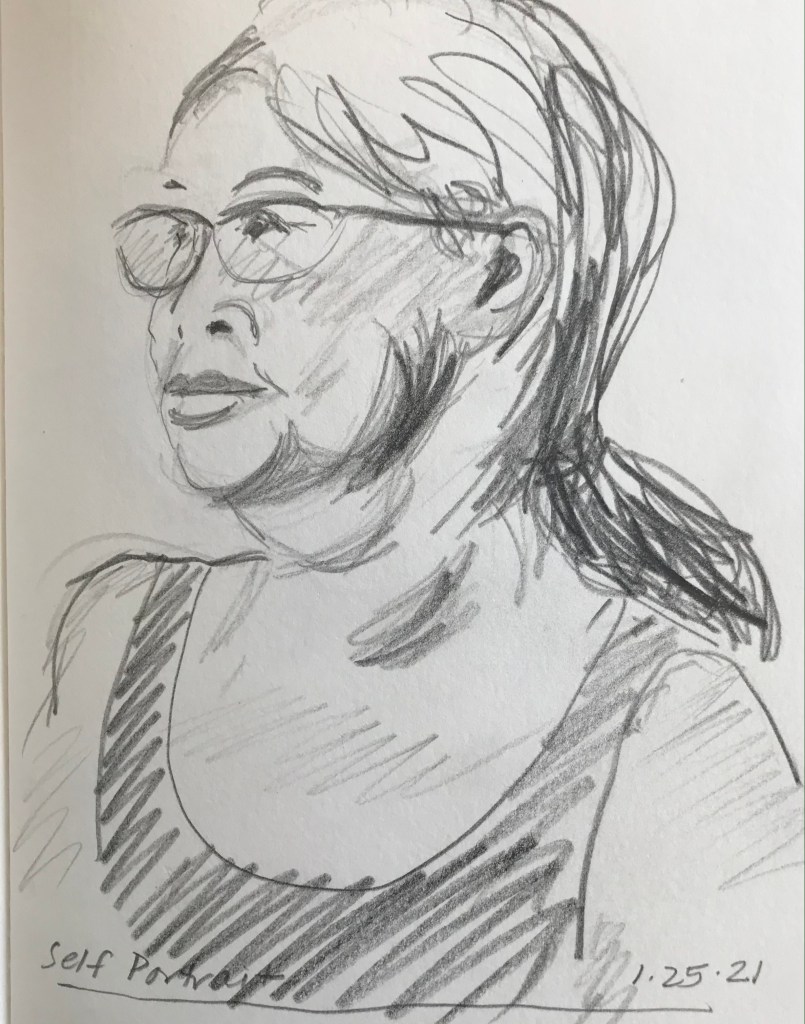
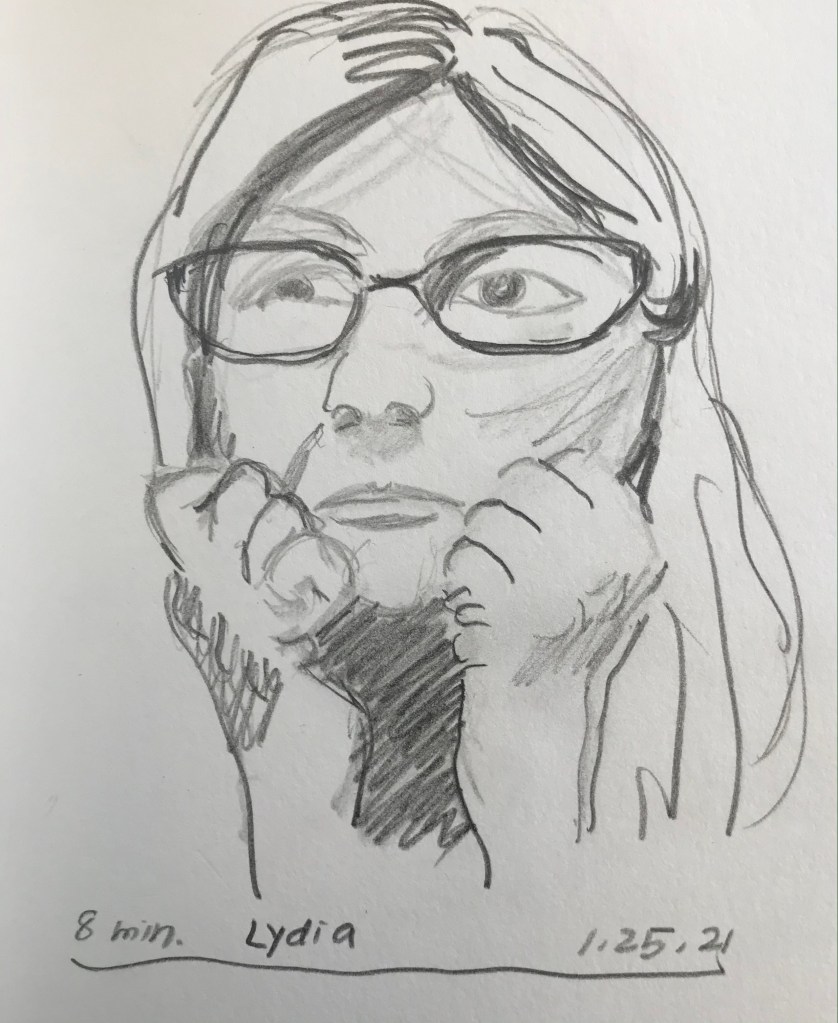
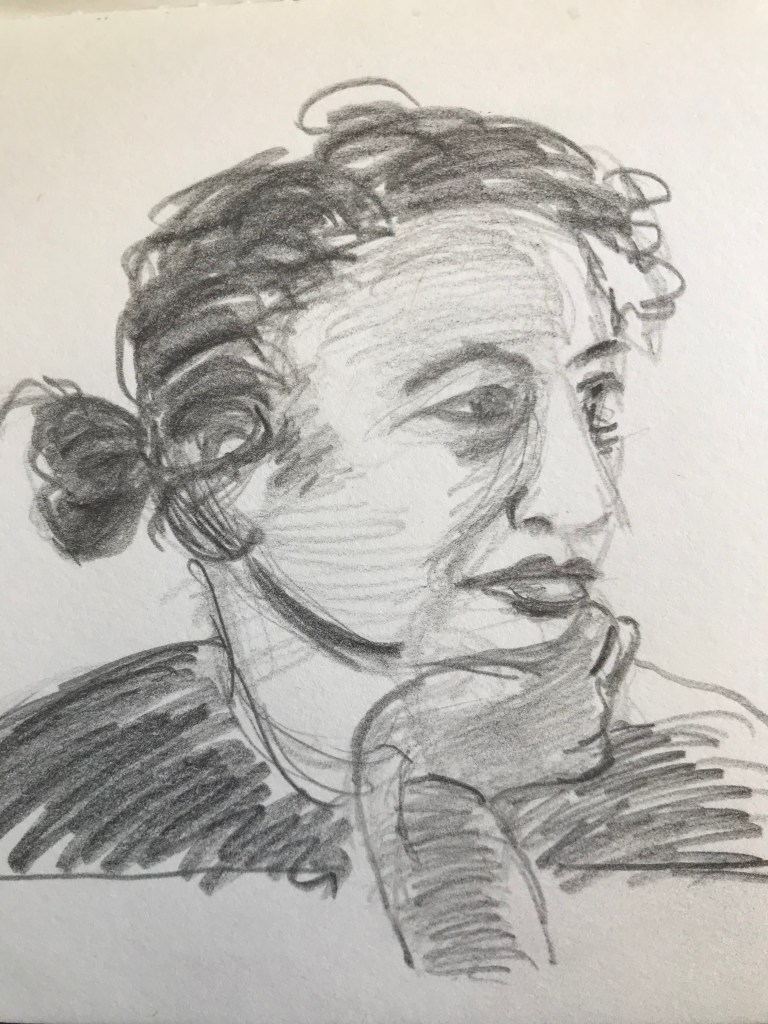
8
Finally, a chance to sketch via Zoom with local Bay Area sketchers!







